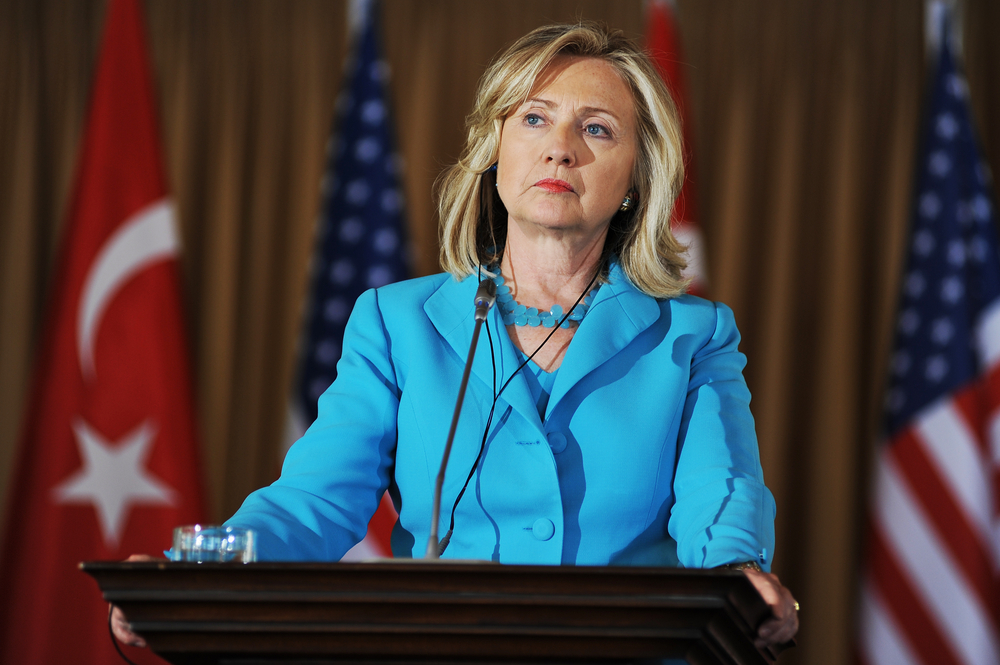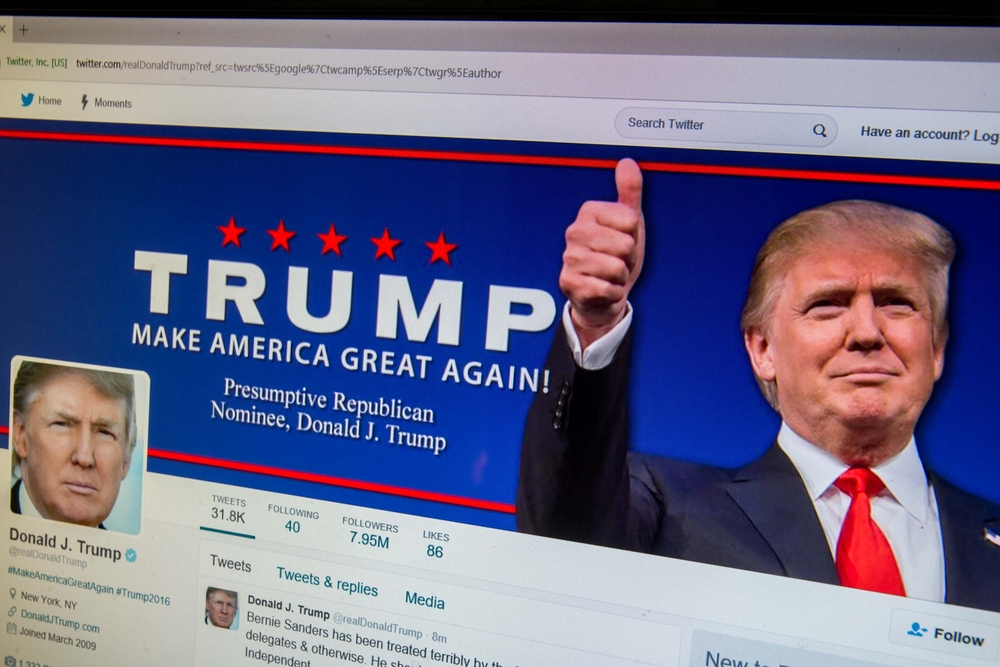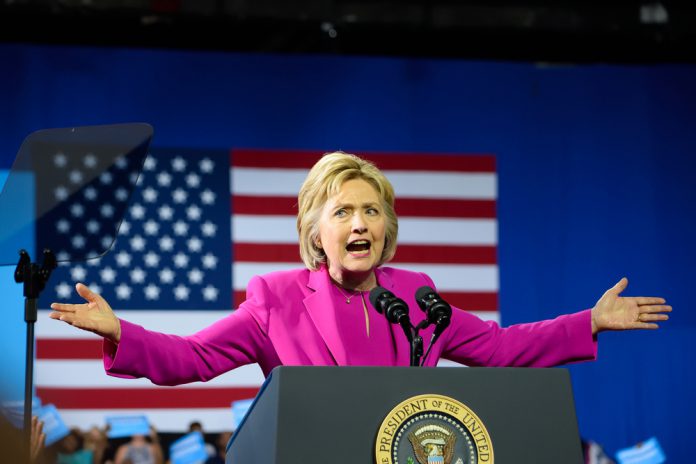Hillary Clinton’s high calibre was clearer than ever before in her first presidential debate with adversary Donald Trump; however, America still hasn’t welcomed her candidacy.
Why?
Churchill once said that the system of democracy is the ‘least worst form of Government’. Despite its many qualities, critics maintain that liberal democracy in its present form is flawed. Nevertheless, without a greater alternative, they reluctantly accept its dominance in western politics; and it seems the same goes for Hillary Clinton’s presidential bid.
Clinton is notable for many reasons, not least the small factor of her gender. This is something that the Clinton campaign has attempted to capitalise upon, with the ‘woman card’ just one of many strategies applied by her campaign to show Clinton as the breaker of one of America’s biggest glass ceilings.
However, Clinton’s selling points clearly go way beyond her gender; but with all the media attention on Trump’s unlikely rise, its hard for those to come into focus.
Clinton’s rise
The Clintons are indeed an American political powerhouse, comparable – perhaps somewhat superficially – to the Kennedy family. Her husband remains, despite his various controversies, one of the more popular past Presidents to date – and Hillary is a household name in politics and the public sphere herself.
Following her completion of a law degree from Yale, Clinton spent most of her career campaigning for the well-being of children and families. In 1977 she founded Arkansas Advocates for Children and Families. As First Lady she continued to advance the cause, championing numerous bills regarding health and children. Her life has been spent devoted to public service.

After becoming a senator for New York, Clinton lost her presidential candidate bid to President Barack Obama, one of the world’s most powerful orators. Despite originating as adversaries, Obama chose to name Clinton as Secretary of State.
So, why is Clinton still struggling to overtake the wildcard, showman and first-time politician Donald Trump?
The Ghost of Hillary’s past
Clinton’s image is an issue. Residual public distrust about her involvement with Benghazi and questions over her private email server loom large. A survey conducted by CNN revealed that 68% view Clinton as ‘dishonest and un-trustworthy’. For American voters, Clinton is the personification of the out of touch politicians who have caused mass disillusionment with the system.
In contrast, Trump has been somewhat paradoxically portrayed as the anti-establishment candidate – despite the fact that he inescapably embodies the elite. He is characterised as a “self-made” multi-millionaire real-estate magnate fighting for the average American; yet he founded his empire upon “a small loan of a million dollars” from his father. How then, has Trump become the voice of the so-called silent majority?
Part of Trump’s accessibility for certain American voters is his successful mobilisation of social media. Twitter is Trump’s battleground. Through this medium, he can instantly connect with voters, at a minimal cost whilst ensuring maximum publicity. Clinton’s too carefully cultivated media operation means her tweets do not garner nearly as much media coverage. This no doubt continues to perpetuate the ingrained public perception of her as ultimately unrelatable and detached.

The Gender Lens
Alternatively, Clinton is often contrasted with her charismatic husband. Can people warm to her so-called clinical speaking style? Another CBS poll revealed that just 31% of voters have favourable views of Clinton. This was compared to a remarkable 56%, who harboured unfavourable opinions of the former senator.
It seems the glass ceiling, despite its growing cracks, is still very much intact. The media coverage of Clinton’s presidential campaign indeed is a testament to this. What pantsuit will Clinton wear? How should she wear her hair? How can she balance coming across as presidential, and simultaneously relatable?
These remain impossible standards for Clinton to live up to. Despite her wealth of experience within politics, these questions continue to asymmetrically dominate the race.
Trump has no discernible political experience and a penchant for sprouting vague, unproven, inflammatory statements; however, it seems he can do no wrong. Trump’s favourable rating has rarely been below 31%, despite consistent controversy surrounding his campaign.
Ultimately then, the debate may be reduced to that age old question: is America really ready to welcome a female President?
Donald Trump’s seemingly inexorable rise suggests it has.
Looking to November
Portraying Clinton as simply the lesser of all evils is a dangerous strategy for the media to continue to adopt, a the hard lesson that David Cameron and the Remainers have had to reluctantly accept in respect of Brexit. In order for Clinton to secure an electoral edge over Trump, she needs to continue to reinforce her own message and play to her specific strengths.
Clinton’s strong performance in the first presidential debate is an encouraging, yet predictable development. Trump’s lack of depth in terms of policy becomes more abundant in these arenas. Nevertheless, a Trump presidency remains a real worrisome possibility. The real question remains: can America get behind Hillary Clinton in time for November?

